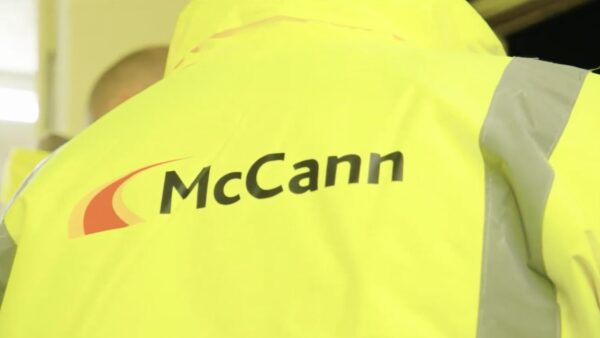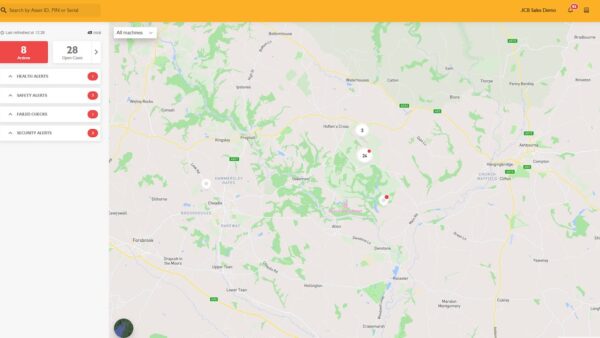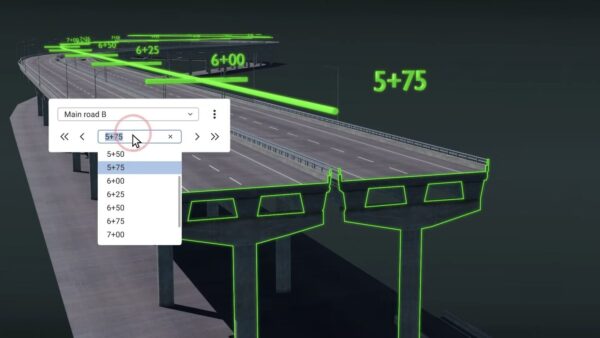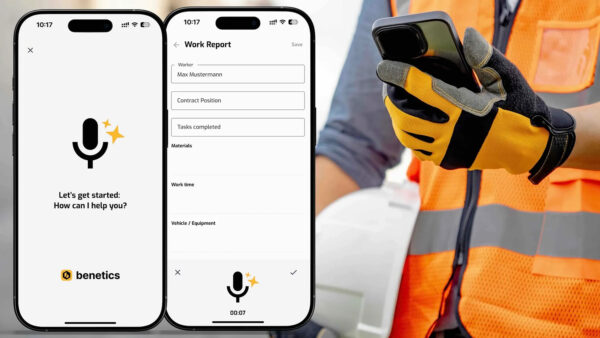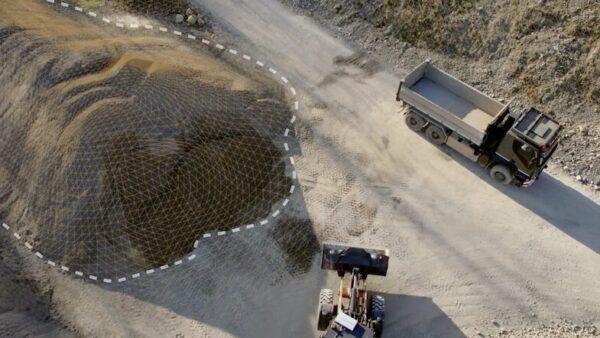Construction Operations Building Information Exchange (COBie) is a non-proprietary data format mandated by the government in the UK. The inventor of the COBie standard, Dr Bill East, has worked with others to release models used in COBie testing to help improve connectivity. In a three-part article talking to Dr East about COBie, we start with the basics.
Can you tell our readers what is the number one question you hear about COBie?
The number one question or critique of COBie I hear is about the “COBie Spreadsheet”. I would like to tell your readers that COBie is not a spreadsheet at all. COBie just a list of required building handover information. COBie is not the complete set of information anyone would ever want to know about of building.
COBie information only answers three questions: What rooms and equipment are delivered in a building? Where does a technician go to work on that equipment? and how is the equipment operated and maintained?
The way COBie information is formatted is not the most important part of the COBie story. It is the question of format versus content that seems to be most confusing to those learning about COBie for the first time.
That’s an interesting idea about the content and format working together to deliver COBie. Can you give us another example of this idea?
Yes, certainly. Your readers should envision what is tested to prove a 21-day concrete strength test. There are a few important things going on in that test that provide a good analogy to COBie.

One of the formats for COBie is spreadsheet, but the spreadsheet is just the “packaging” for the content. It is the COBie content that is most important. COBie’s format is just a construct we all agree to use so we can reduce the cost of exchanging that information.– Bill East
The first is that everyone uses the same kind of cylinder for the test. This is the “format” of the test. While everyone uses this same type of cylinder, or format, the format is not the important part of the concrete test, the quality of the content inside that cylinder is the most important thing. Just like in COBie.
One of the formats for COBie is spreadsheet, but the spreadsheet is just the “packaging” for the content. It is the answers to those questions, the COBie content, that is most important. COBie’s format is just a construct we all agree to use so we can reduce the cost of exchanging that information.
One final point. A critical feature of concrete testing is that every properly calibrated testing machine will provide the same testing results. For COBie, this is also the case. Everyone running a COBie quality control test will get the same answer.
This is possible because the requirements for COBie testing are published as part of the COBie standard. Two free, open-source tools used for this testing are the COBieQCReporter and COBiePlugin for bimServer.
Let’s focus on the COBie content, how is it developed?
COBie is the only example of a life-cycle standard for building information management we have today. Each of the uses of COBie data have been identified directly in the COBie standard. Not everyone provides the full set of COBie data. The list of what designers and contractors are required to deliver are also identified in the COBie standard.
Designers are required to deliver information about spaces and equipment found on the equivalent design drawings. COBie is “building information management” export format designed to be delivered only at major design milestones.
The contents of a design COBie file is simply the list of rooms and equipment in a building. Once design software is correctly configured, designers simply export scheduled products and properties to the COBie file.
So next up are the contractors. Contractors just fill in the designer’s outline. They add the manufacturer, model and serial numbers; installation dates, warranty information; parts and supplies; and maintenance schedules. As with COBie at design, COBie at construction simply delivers the information contractors already delivered by contract or convention.
There is really no magic about the COBie requirements, our industry has been delivering this information since paper drawings were created. The only thing new about COBie is that there is a consistent way to organise that information so the building owner does not have to spend (literally) man-years typing information about “Pump-05 and Room03” into their operations, maintenance, and asset management systems.
What about the allowable COBie formats?
There an old joke that goes something like this: “Anyone can build a bridge that stands. It takes an engineer to build a bridge that barely stands.” Well the same can be said of creating an information standard to deliver building handover information.
COBie specifies the least-common denominator of information required for buildings. The reason that the formats for capturing COBie look complicated, is that buildings are complicated. The formats are as complicated as they need to be – but no more.
The COBie standard allows four formats to deliver COBie data: spreadsheet, STEP physical file format, STEP XML format, and COBie lite transactional XML format. All software systems tested against the COBie standard for construction, operations, maintenance, and management use the COBie spreadsheet format.
Those interested in delivering COBie data beyond design can only deliver COBie in spreadsheet format, if they want their information to be used.
Where do you suggest our readers start, if they want more information?
As with all standards, the best place to start is to get a copy of the standard and read it. COBie is in Chapter 4.2 of the National BIM Standard – United States, Version 3. It is free to download and use.
Most BIM+ readers will only want to look at the first few and the last few chapters. The middle chapters are for standards developers and programmers. Next, your readers can visit my COBie Resources. At least one person in each firm should have some detailed knowledge about COBie.
Bill East is director of Prairie Sky Consulting. He runs courses in COBie. www.COBieAcademy.com and has written a number of publications. The latest book, out on 15 September, is called “Delivering COBie Using Autodesk Revit”. Your readers can find out more about this book here.
Don’t miss out on BIM and digital construction news: sign up to receive the BIMplus newsletter.








